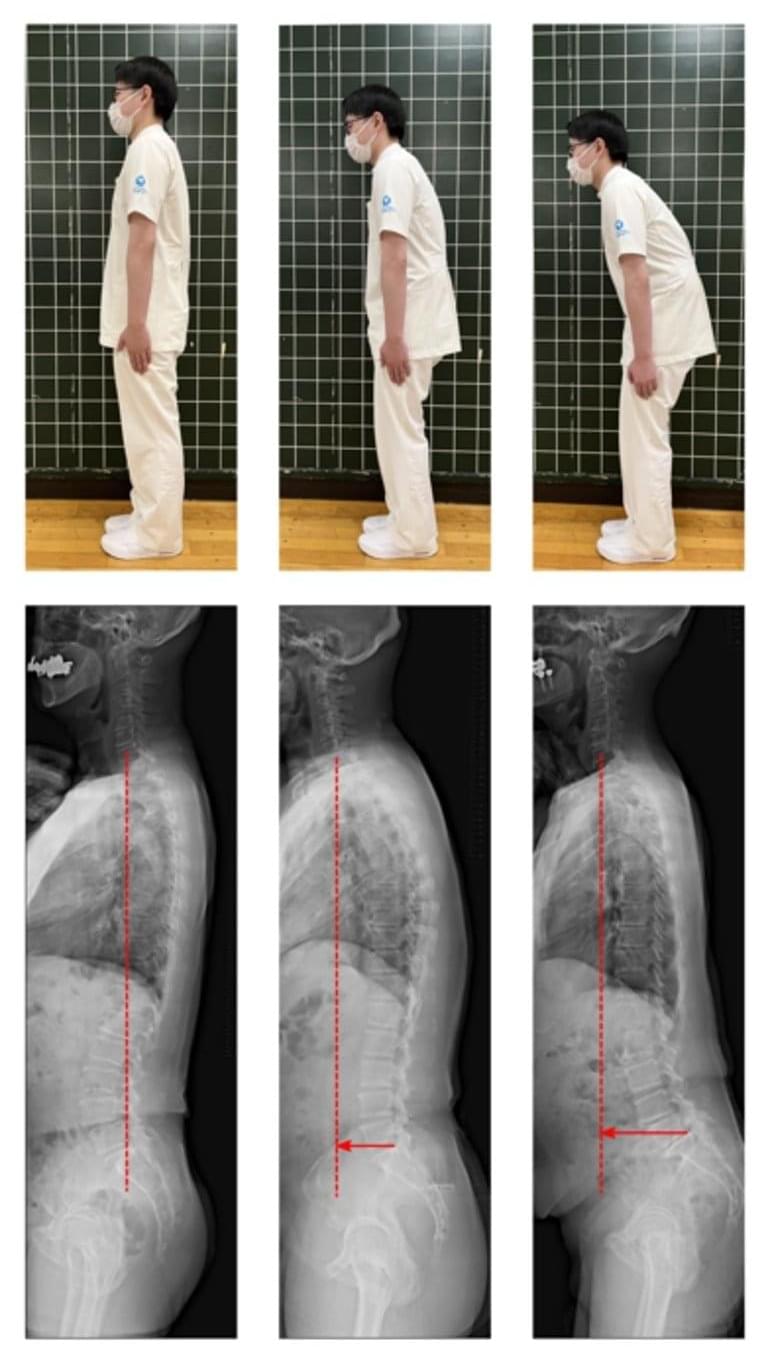The health authorities of the African nation declared a new outbreak of Ebola after a case was confirmed in Mbandaka, a city in the north-western Equateur Province, the World Health Organization (WHO) reported on Saturday.



Michael LorreyGates is, famously, the guy who said, “Why would anyone ever need more than 640kb of memory?” and “The internet is a fad.”
2 Replies.
Paul Battista shared a link. Lifeboat Foundation.
The benefits of exercise in a pill? Science is now closer to that goal.
Researchers have identified a molecule in the blood that is produced during exercise and can effectively reduce food intake and obesity in mice. The discovery improves our understanding of the physiological processes that underlie the interplay between exercise and hunger. Scientists from Baylor College of Medicine, Stanford School of Medicine and collaborating institutions reported the findings on June 15 in the journal Nature.
“Regular exercise has been proven to help weight loss, regulate appetite, and improve the metabolic profile, especially for people who are overweight and obese,” said co-corresponding author Dr. Yong Xu, professor of pediatrics – nutrition and molecular and cellular biology at Baylor. “If we can understand the mechanism by which exercise triggers these benefits, then we are closer to helping many people improve their health.”
STANFORD, Calif. — An “anti-hunger” pill could be on the horizon, according to a new study. Researchers from Stanford Medicine and Baylor University have identified a molecule that keeps people from getting hungry after exercising.
In experiments, the compound dramatically reduced food intake and obesity in mice. Study authors hope to turn it into a medication that may even replace the need to go to the gym.
Researchers at Imperial College London have developed a new dual drone that can both fly through air and land on water to collect samples and monitor water quality. The researchers developed a drone to make monitoring drones faster and more versatile in aquatic environments.
The ‘dual robot’ drone, tested at Empa and the aquatic research institute Eawag in Switzerland, has successfully measured water in lakes for signs of microorganisms and algal blooms, which can pose hazards to human health, and could in the future be used to monitor climate clues like temperature changes in Arctic seas.
The unique design, called Multi-Environment Dual robot for Underwater Sample Acquisition (MEDUSA), could also facilitate monitoring and maintenance of offshore infrastructure such as subsea pipelines and floating wind turbines.
Eric Topol speaks with DeepMind CEO Demis Hassabis about harnessing the potential of AI in health and medicine.


The application of mechanic forces to the cell nucleus affects the transport of proteins through the nuclear membrane, an action that controls cellular processes and could play a key role in several diseases such as cancer. These findings draw a new scenario for understanding how the mechanic forces drive the progression of cancer and open the doors to the design of potential innovative techniques—both diagnostic and therapeutic. This is the conclusion of a study published in the journal Nature Cell Biology led by lecturer Pere Roca-Cusachs, from the Faculty of Medicine and Health Sciences of the University of Barcelona, the Institute of Nanoscience and Nanotechnology of the UB (IN2UB) and the Institute for Bioengineering of Catalonia (IBEC).
The cells in the body receive mechanical stimuli from their environment and respond accordingly regarding decisions on how and when to grow, move and differentiate. The process is known as mechanotransduction and it is critically important for the cell function and for human health.
The study reveals that the direct application of force to the nucleus can affect the spatial organization of the DNA and the activity of nuclear proteins, among other functions. When cancer cells invade the organs and metastasis appears, these create physical forces that are transmitted to the cell nucleus.

No one should think we are over COVID.
WASHINGTON — Federal health officials warned on Wednesday that a third of Americans live in areas where the threat of Covid-19 is now so high that they should consider wearing a mask in indoor public settings. They cited new data showing a substantial jump in both the spread of the coronavirus and hospitalizations over the past week.
Dr. Rochelle P. Walensky, the director of the Centers for Disease Control and Prevention, said that the seven-day average of hospital admissions from Covid rose 19 percent over the previous week. About 3,000 people a day were being admitted with Covid, she said, although death rates, a lagging indicator, remained low.
More than 32 percent of Americans now live in counties with medium to high levels of virus transmission, compared with about 24 percent the previous week. Dr. Walensky said that local leaders and individuals in those regions should adopt — or at least consider — prevention strategies, such as masking in indoor public settings and more frequent testing.

Summary: An older person’s posture may give clues to hidden cognitive decline, a new study reports.
Source: Shinshu University.
A mass survey of citizens aged 50 to 89 years examined whether cognitive decline could be detected by sagittal spinal balance measurement based on a radiological approach. Doctors from Shinshu University observed associations of sagittal vertical axis (SVA) anteriorization and higher age with lower cognitive function.

“When the Human Genome Project began in 1990, it had a projected budget of $3 billion. […] Now, one company claims to have achieved the major milestone of whole genome sequencing for just $100.”
Ultima Genomics, a biotech company based in California, has emerged from stealth mode with a new high-throughput, low-cost sequencing platform that it claims can deliver a $100 genome.
When the Human Genome Project began in 1990, it had a projected budget of $3 billion. Some researchers believed it would take centuries to map all 20,000+ genes and to determine the sequence of chemical base pairs making up DNA, though in the end it took 13 years. Since then, genome sequencing has undergone technology and cost improvements at a rate faster than Moore’s Law (a long-term trend in the computer industry that involves a doubling of performance every two years). What used to require billions of dollars and many years of work is now several orders of magnitude cheaper and possible in a matter of hours.
Companies like 23andMe and Ancestry.com have been offering DNA test kits at the consumer level. These can generate reports relating to a customer’s ancestry and genetic predispositions to health-related issues. While most people have opted for tests based on partial (i.e. incomplete) sequencing, the costs are now becoming so low that whole genome sequencing may soon be affordable. Veritas Genetics made headlines in 2016 by breaking the $1,000 barrier and in 2021 the price fell to $562.